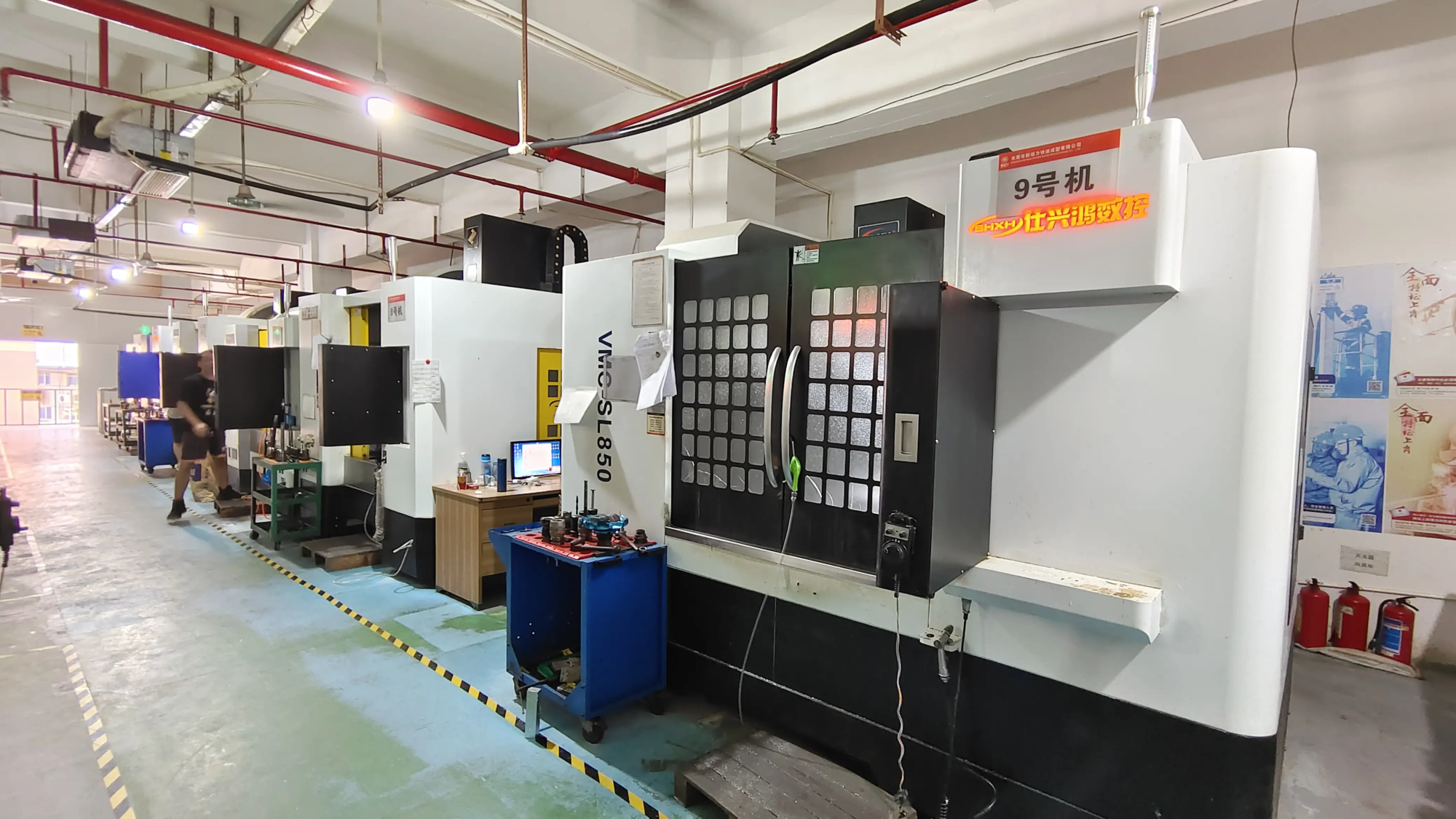Revealing Flashforge Adventurer 5M Pro: Professional Next Generation Desktop 3D Printing
By Greatlight Rapid Prototyping Team
As a leader in industrial rapid prototyping, with more than a decade of experience in metal and polymer additive manufacturing, we strictly evaluate emerging 3D printing technologies at Greatlight. Our SLA and SLM machines produce aerospace-grade metal components, but we constantly monitor consumers/production printers Flashforge Adventurer 5M Pro Understand changing market capabilities. After months of stress testing, this is our engineering-centric assessment.
Design and construction: Industrial rigorous and user-centered
Adventurer 5M Pro shows how Flashforge develops professional usability:
- Sturdy closed frame: Aluminum alloy chassis with full housing minimizes noise (≤50dB) and contains particulate matter through a dual-stage HEPA filter, which is crucial for ABS or nylon printing.
- Optimized build volume: 230×230×220mm balance desktop footprint has a practical prototype system.
- Automatic calibration kit: The AI assisted bed with double gear strain sensor is uniformly level to reach a near-perfect layer of adhesion (±0.01mm variance in our test).
- Toolless upgrade: Quick exchange nozzle (supports 0.2-0.6mm) and magnetic PEI building board streamline maintenance.
Performance breakthroughs: speed, accuracy and material versatility
▶ Revolutionary speed building
5m Pro Hits with Klipper firmware and core motion system 400mm/s acceleration (Standard speed: 250mm/s). In the benchmark:
- Printing time for 6 cm XYZ calibration cube: 18 minutes (45+ of older models).
- Complex 12-hour prints are completed 7 hours No layer artifacts.
▶ Substandard compatibility
| Integrated 300°C all-metal heat table treatment: | Material | Performance notes |
|---|---|---|
| PLA/PETG | 80–150mm/s flawless | |
| ABS/ASA | Zero warpage at room temperature ≥45°C | |
| TPU 95A | Elastic storage at 40mm/s | |
| Nylon (PA-CF) | Successful at 265°C (requires drying) |
Note: Industrial-grade printers are still essential for engineering grade PEEK or ULTEM.
▶ Accuracy indicators
- Layer resolution:50–400 microns.
- The accuracy of dimensions: ±0.1mm (±0.05mm for 100mm parts).
- Surface finish: Almost injected mass, with a mass of 0.2mm.
Smart Ecosystem: Seamless Workflow Integration
- Flashprint 5 slicer: Preconfigured configuration files for over 20 materials, tree support and GPU-accelerated slices (saving 30% file preparation time).
- Remote monitoring: The 5MP camera with AI-Anomaly detection stops printing on spaghetti defects or nozzle clogs.
- Connectivity: Wi-Fi 6, Ethernet, USB host, FlashCloud supports multi-material fleet management.
Pros and Cons: Honest Statistics
✅Pros
- Reliability of plug-ins: Zero failed to print in over 200 hours of test.
- High-value engineering: Linear guide rails, all-metal thermal stages and filament jump sensors at competitive mid-range prices.
- Comply with safety: CE/UKCA/FCC passes automatic thermal runaway protection certification.
⚠️Disadvantages
- Non-standard nozzle line: Requires a Flashforge-specific nozzle.
- Cloud service cost: Advanced AI features require subscription (basic remote monitoring is still free).
Greglight’s verdict: Who should buy it?
Adventurer 5M Pro redefined the manufacturer’s expectations, which set industrial speed and reliability at 1/5 of the cost of entry-level industrial printers. This is the ideal choice:
- Design Studio: < 24 hours of rapid concept modeling and functional prototypes.
- Small and medium-sized enterprises: Low batch custom parts production (brackets, housings, fixtures).
- Educators: A foolproof operation of the laboratory environment.
However, this does not replace high temperature, large or metal additive manufacturing. For applications requiring titanium, stainless steel or aluminum parts, or extreme tolerances ≤0.02mm-Greglight’s SLM/SLA service Staying is essential. We combine laser powder fusion with CNC post-treatment to provide flightable components within a few days.
FAQ: Flashforge Adventurer 5M Pro Unpack
Q1: Can it print carbon fiber wire?
A: Yes, with a hard mouth. We have achieved excellent results with the Proto-Pasta CF PLA. Avoid using abrasive materials with a fiber content of more than 30% to prevent extruder wear.
Q2: How energy efficiency is the printer?
Answer: Idle power: 15W. Peak printing: 250W. The ecological model reduces bed heat after the first floor.
Question 3: Is proprietary filament required?
Answer: No. Universal 1.75mm filament is feasible, but the Flashforge filament chip allows automatic selection.
Q4: Maintenance frequency?
Answer: Clean railway bearings every month. 500–800 hours after printing, replace the nozzle with abrasive.
Q5: Alternative method for metal prototypes?
A: The desktop FDM printer cannot handle metal. Greglight’s SLM printer 100% density stainless steel, aluminum or titanium parts certified by ISO 2768 standard. Our one-stop service includes stress relief, machining and finishing.
Accelerate your innovation cycle
Whether you need Swift desktop prototypes or mission-critical metal components, Greatshight bridges the gap. The Adventurer 5M Pro excels in polymer agility, which is ideal for iterative design. For projects that require DMLS grade metals, Submit your CAD file For the quote for the day. With ISO 9001 certified workflow and over 200 material options, we turn complexity into a competitive advantage.





